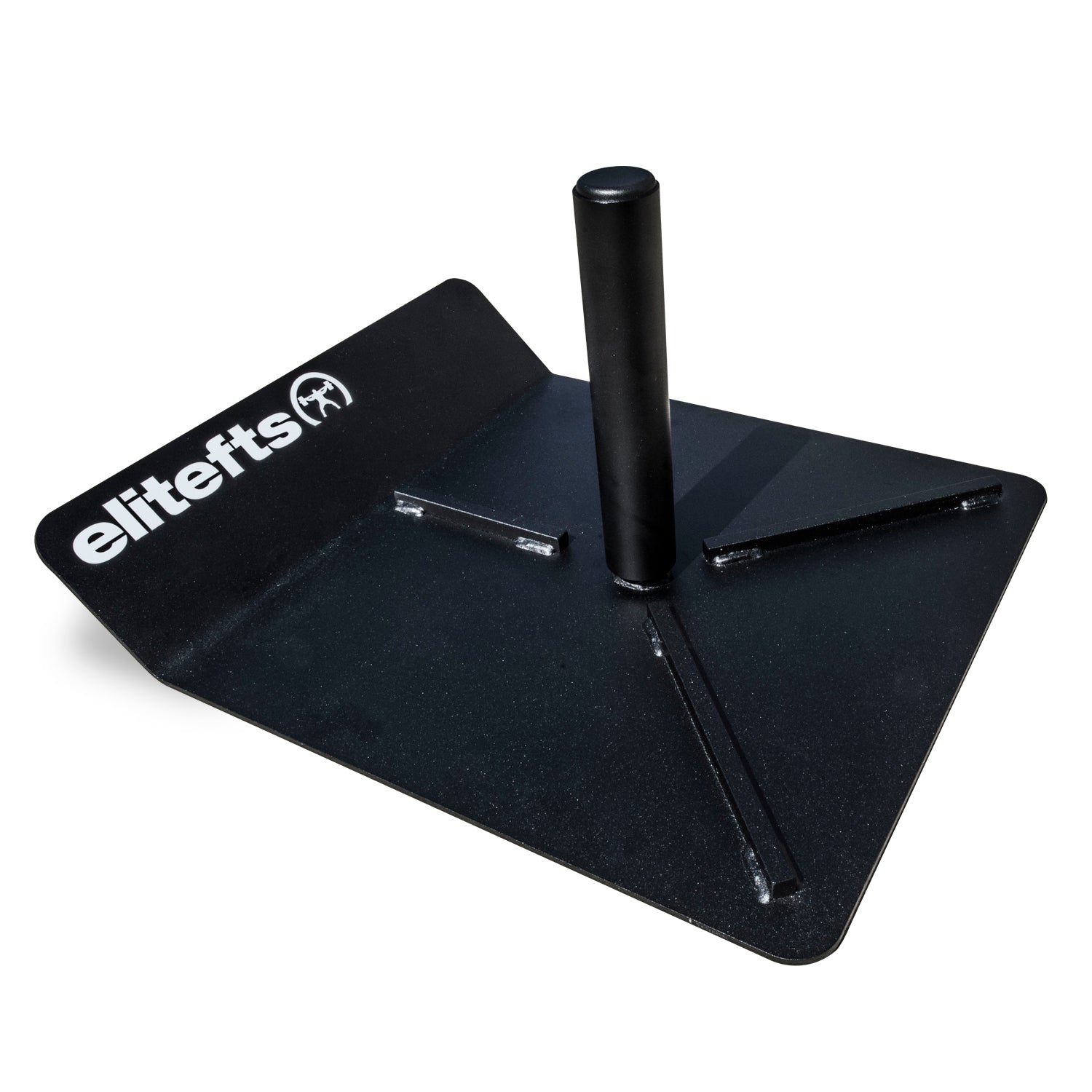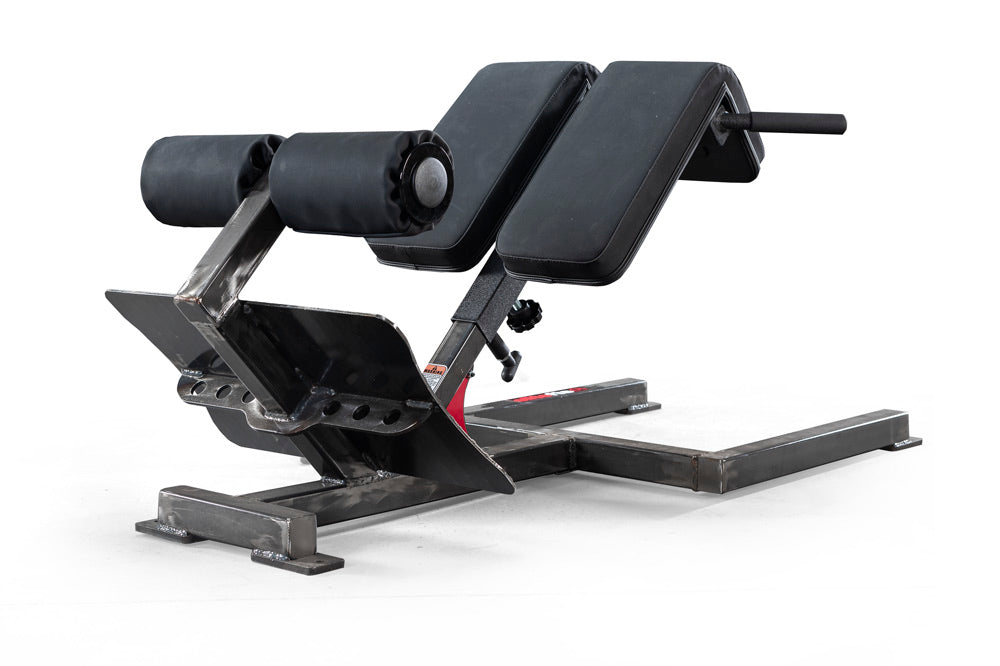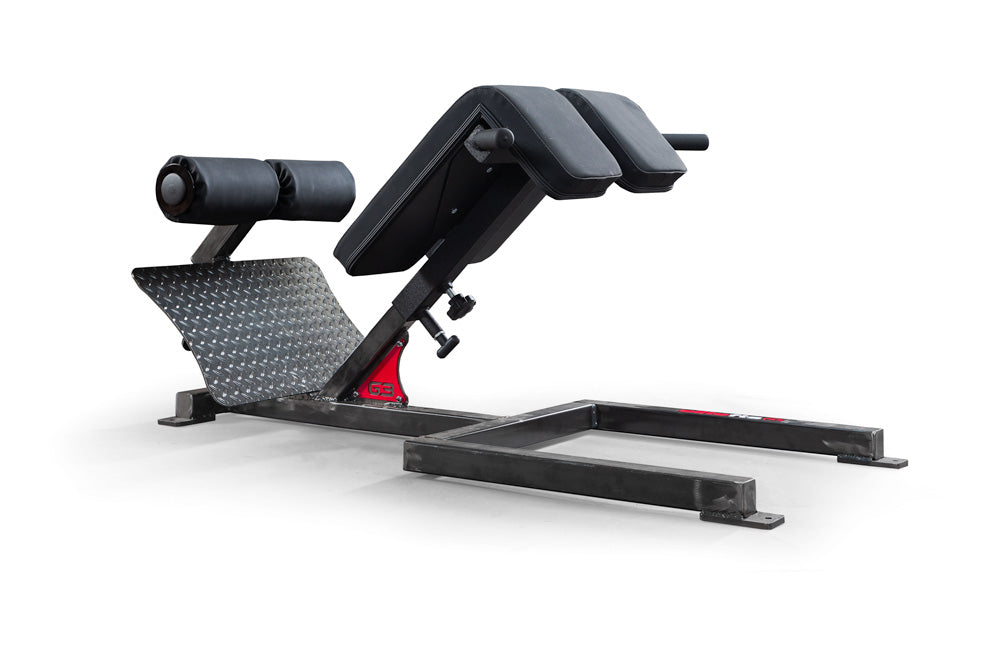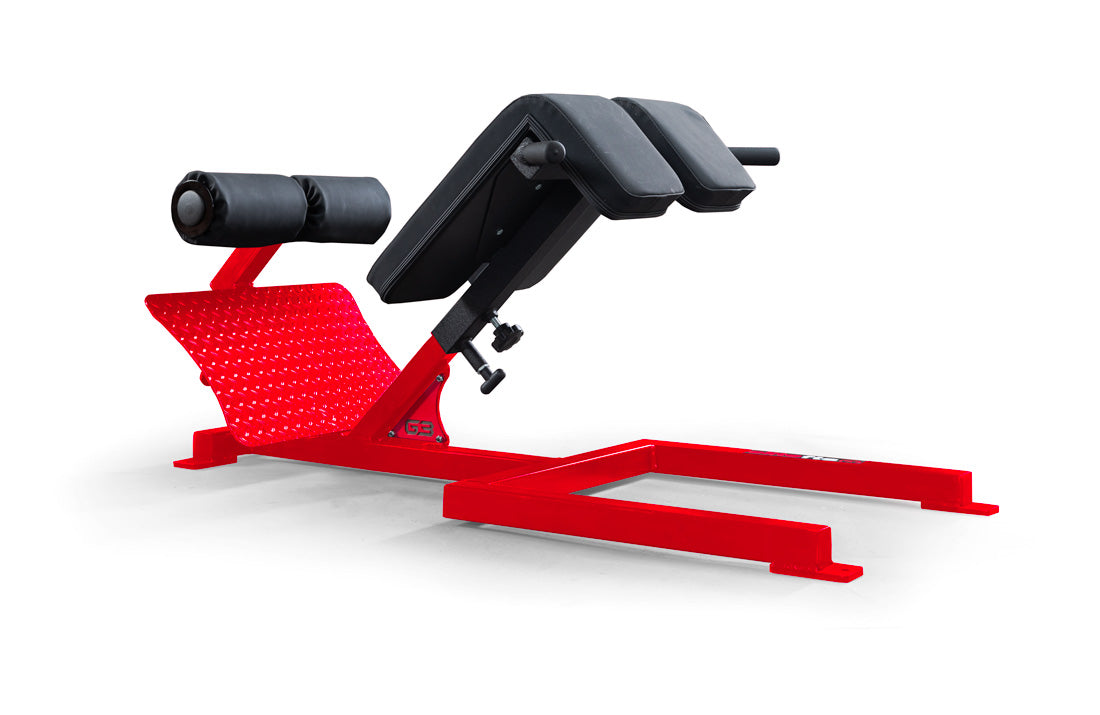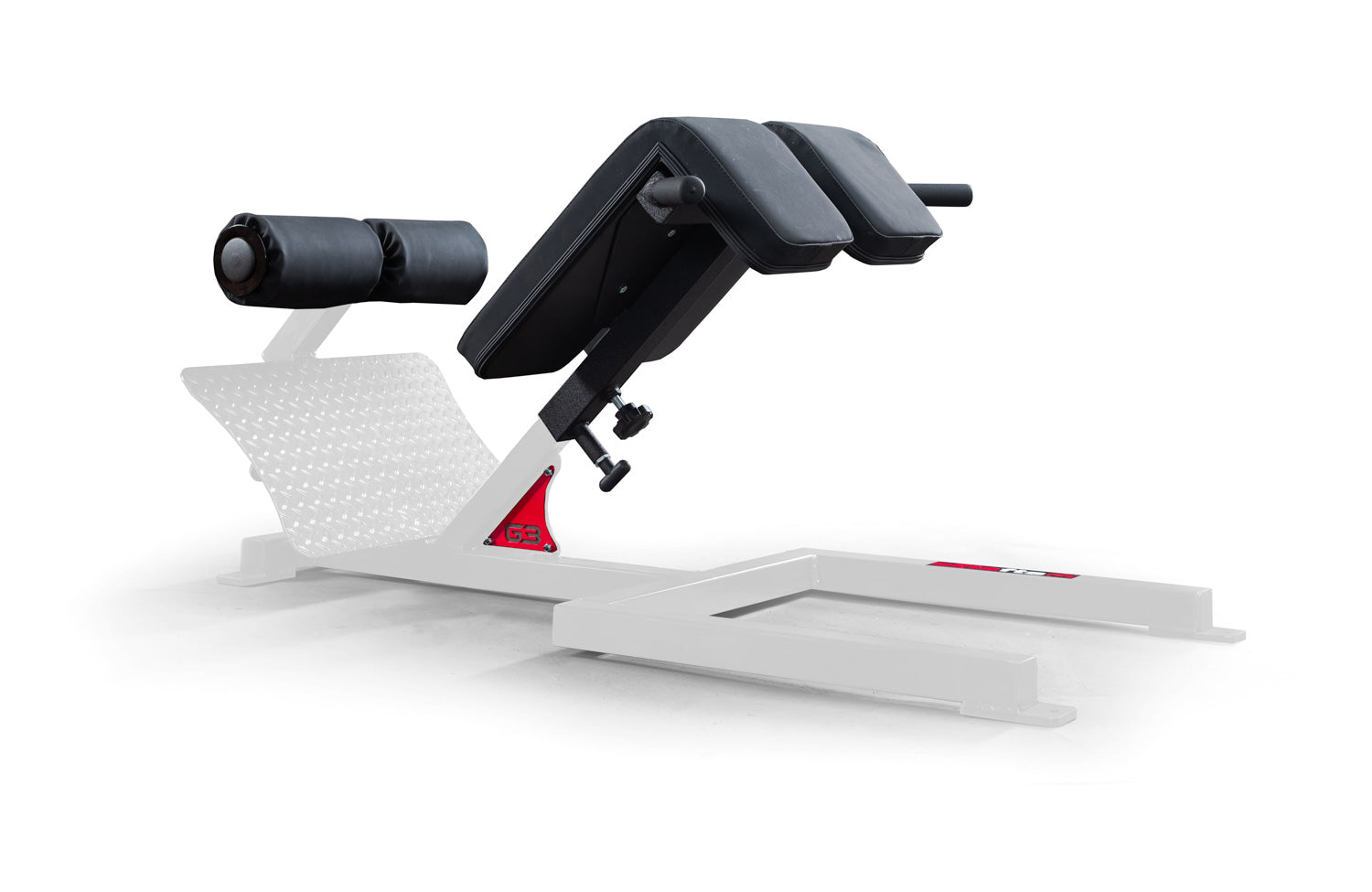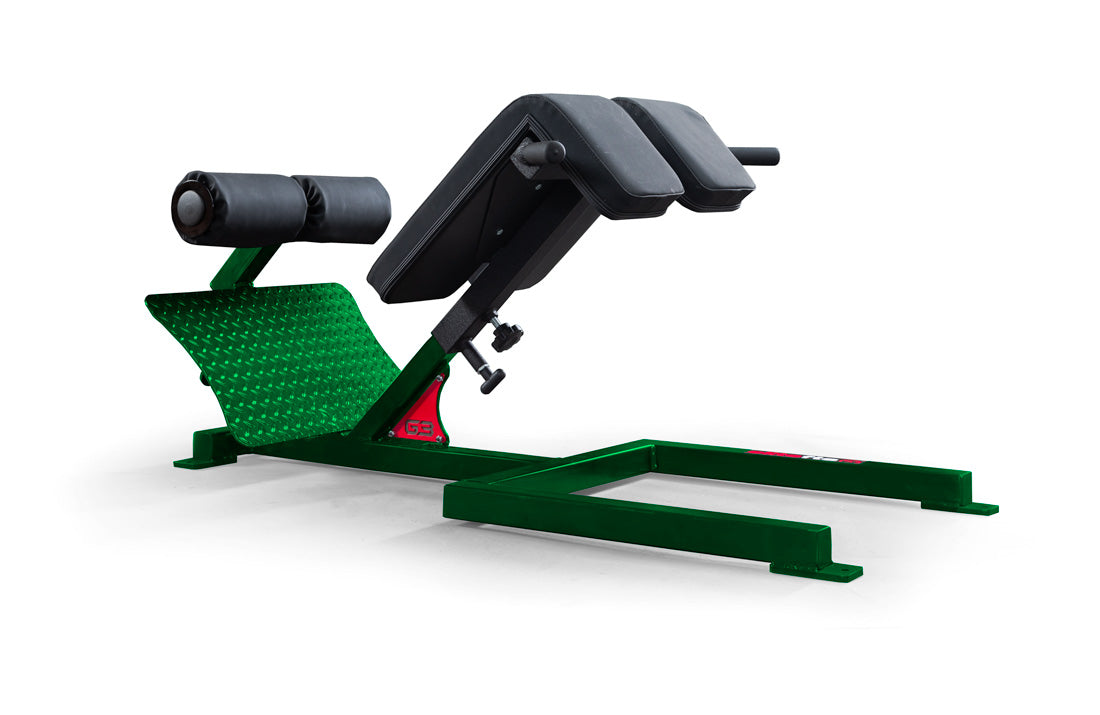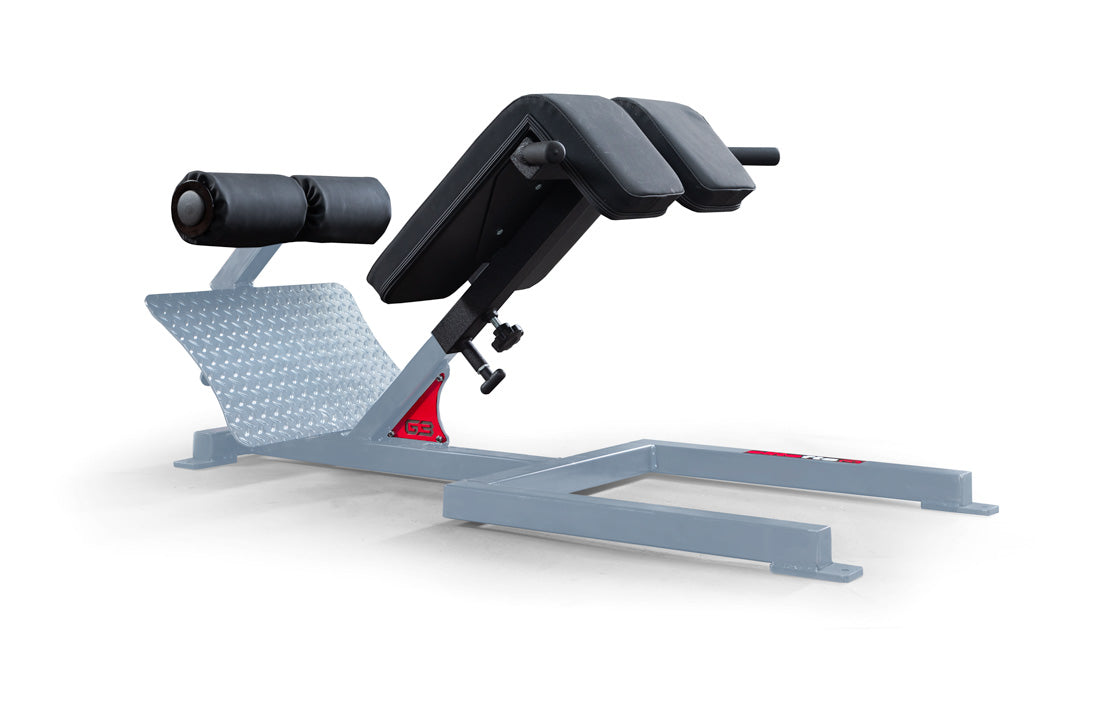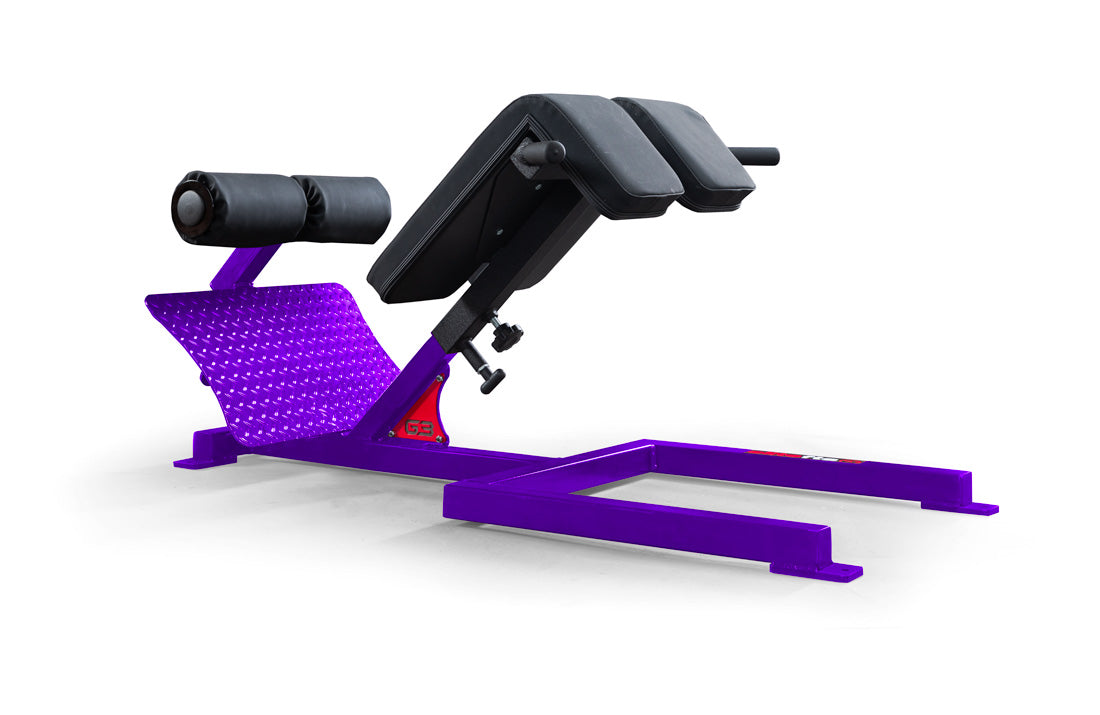For those not familiar with the sport, rugby union is a professional, widespread sport in Europe and countries in the southern hemisphere (Australia). Working within the sphere of physical preparation for rugby union presents many unique challenges and tests players to the limit of their mental and physical resolve. The following will offer some insight into my environment working for Bristol Rugby in England.
We are a fully professional club competing in the newly formed championship, which is the second tier competition in England (one level below the equivalent of the NFL). We are favorites to be promoted at the end of the season. All players finished last season on April 24th and had to return to begin pre-season training on June 8th. This gave me roughly 13 weeks to work on the various aspects of physical preparation and six weeks without sport practice. Over this period, I have to address the needs of 40 professional players whose ages range from 18 to 36.
In my opinion, rugby is one of the most difficult sports to prepare players for competition. It requires players to have high levels of muscular strength, power, and speed, and players must excel in anaerobic energy system work. The position of forward has the most complex demands. Players in this position must be the strongest players but are also required to have high work capacity levels. The backline players are required to be powerful and quick and must be able to exploit gaps in the defense. A game lasts 80 minutes with only 10 minutes for half time. This often leads to games being won or lost in the last 15–20 minutes, when conditioning levels and high skilled players become more prevalent.
The competitive season starts in September and lasts until May. There are 12 teams in the league, and they all play each other at home and away matches. In February, the top eight teams split into two pools of four and begin the play-offs. There is a “cup final” each week, and the pressure on coaches and players to deliver is massive. Games are played on Fridays, Saturdays, or Sundays. A situation that I find myself in is that we may have played on Saturday and then have another game on Friday night the following week, which produces a six-day gap between games. This places a large emphasis on restoration, and I must thoroughly monitor all players to ensure they will be playing at optimum performance levels.
At my club, I’m in a fortunate position due to my close working relationship with the sport coaches. We ensure that each week is carefully planned and that each session has a specific intensity level. If necessary, we plan blocks of rest days into a long week to ensure players are fresh on game day. All of the players wear heart rate monitors for their sport practices (about six teams in the competition above ours have GPS-satellite navigation systems). The information is downloaded to a computer, and feedback is provided to both players and the sport coach. This may lead to a player needing some extra energy system work or telling the sport coach that the practice needs to be at a lower level of intensity.
To give you an idea of a weekly template in the competition block, I’ve included an example below. The following displays a week where we have played on a Sunday and are working toward a Saturday game.
Monday
Morning, massage and recovery
Evening, free
Tuesday
Morning, lower body strength, 50 minutes
Evening, rugby; skill-based games for 50 minutes
Wednesday
Morning, upper body strength, positional drill for 60 minutes
Evening, rugby; tough session involving contact and energy system work for 65 minutes
Thursday
Day off
Friday
Morning, power weights, short team run for 45 minutes
Evening, free
Saturday
Morning, free
Evening, game day!
Sunday
Day off













